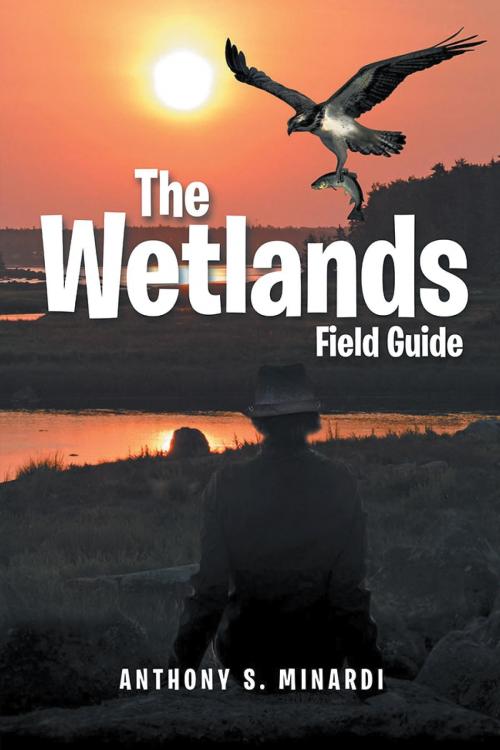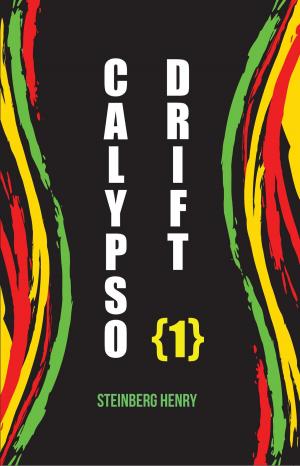| Author: | Anthony S. Minardi | ISBN: | 9781641330701 |
| Publisher: | BookBlastPro Inc. | Publication: | October 9, 2017 |
| Imprint: | BookBlastPro Inc. | Language: | English |
| Author: | Anthony S. Minardi |
| ISBN: | 9781641330701 |
| Publisher: | BookBlastPro Inc. |
| Publication: | October 9, 2017 |
| Imprint: | BookBlastPro Inc. |
| Language: | English |
The Wetlands Field Guide is intended to familiarize the reader with the flora and fauna, with the genetic adaptations they have made to survive the adverse, abiotic conditions, including wind, soil conditions, temperature, and salt spray. The procedure employed for the illustrations of the wetlands is called a biological transect. Starting from the water’s edge, a twenty-five-meter line is employed. A one-meter square frame is placed at the twenty-five-meter mark. The most common floras within the one square meter are photographed for further identification. This process is continued every twenty-five meters to high ground, which is commonly inhabited by the common reed, pine, cedar, and oak species in the northeast hemisphere. The vegetational distribution of plants may vary or overlap in each zone. The illustrations included are the ones that most frequently occupy that zone. Also included with the flora are the descriptions of common invertebrates found in the wetter zones. The procedure of the transect may be reversed, which means they will start from high ground and work their way down to the salt marsh community. It is hoped that this publication will be useful to teachers, laymen, and students so that they may be aware of the genetic adaptations that both flora and fauna have made to survive the adverse conditions of the marine environment.
The Wetlands Field Guide is intended to familiarize the reader with the flora and fauna, with the genetic adaptations they have made to survive the adverse, abiotic conditions, including wind, soil conditions, temperature, and salt spray. The procedure employed for the illustrations of the wetlands is called a biological transect. Starting from the water’s edge, a twenty-five-meter line is employed. A one-meter square frame is placed at the twenty-five-meter mark. The most common floras within the one square meter are photographed for further identification. This process is continued every twenty-five meters to high ground, which is commonly inhabited by the common reed, pine, cedar, and oak species in the northeast hemisphere. The vegetational distribution of plants may vary or overlap in each zone. The illustrations included are the ones that most frequently occupy that zone. Also included with the flora are the descriptions of common invertebrates found in the wetter zones. The procedure of the transect may be reversed, which means they will start from high ground and work their way down to the salt marsh community. It is hoped that this publication will be useful to teachers, laymen, and students so that they may be aware of the genetic adaptations that both flora and fauna have made to survive the adverse conditions of the marine environment.















